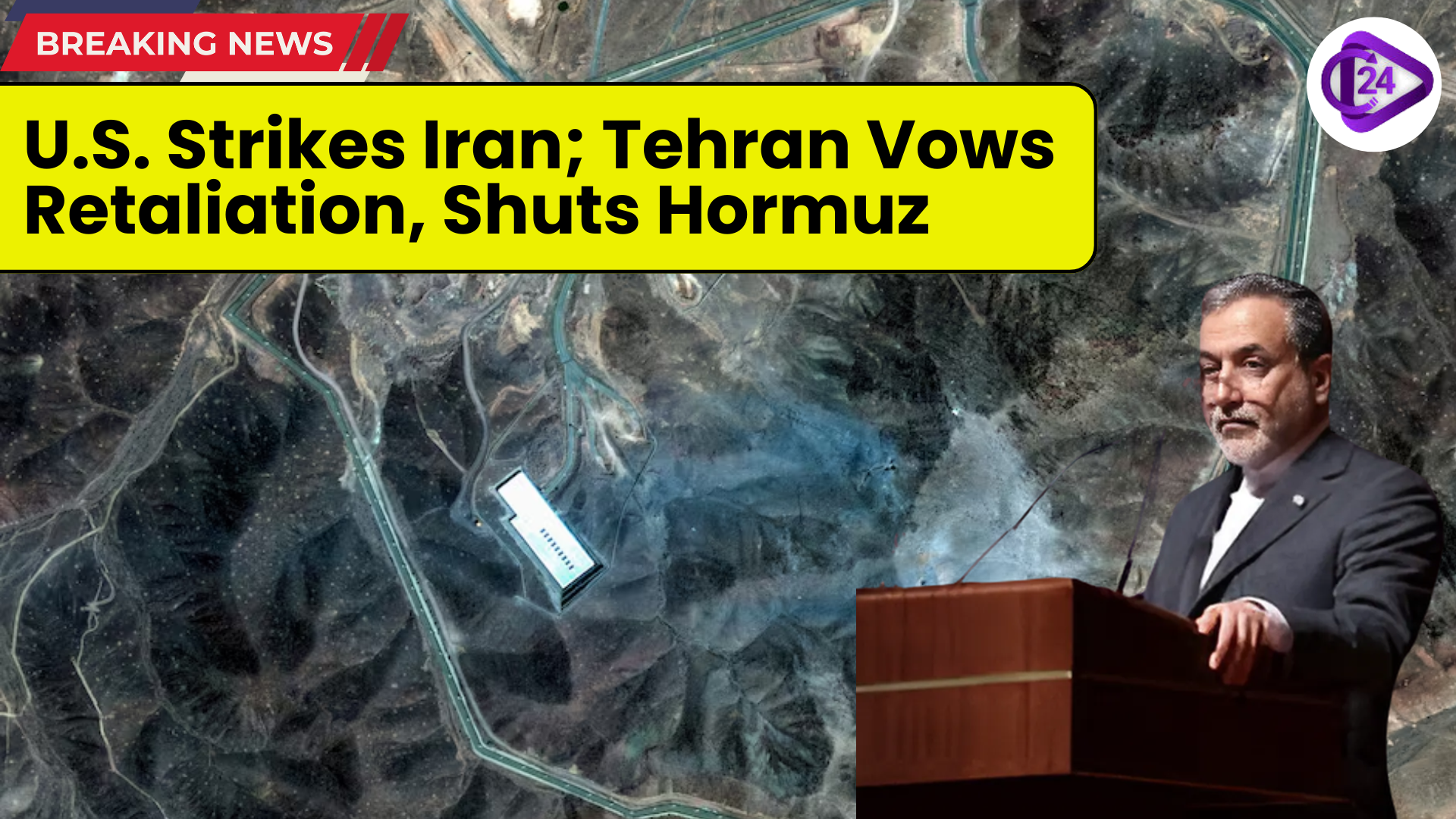
In an act out of the Middle East crisis, the Brown cross Californian State and airstrikes of three main Iranian nuclear plants including Fordow, Natanz, and Isfahan were attacked by the United States using heavy bunker carrying bombs. The action, which was unauthorized by the congress and was taken after diplomacy had broken down, has been referred to by Iran as a red line activity. President Trump claimed the sites as being destroyed and the UN watchdog confirmed no radioactive leaks. The Foreign Minister of Iran declared the end of diplomacy and threatened to take revenge. To this effect, Iran parliament decided to shut down the critical strait of Hormuz which posed danger to the world oil trade.
Context
-
America bombed Iranian nuclear installments and Tehran responded by harsh criticism and counter offensives.
-
Iran reacted by voting to seal the vital Strait of Hormuz increasing the chances of a broader regional war.
Key Points
U.S. Airstrikes:
-
Using 30,000-pound bunker-buster bombs, strikes were carried on Fordow, Natanz and Isfahan nuclear facilities.
-
President Trump was saying he is successful; assessments of damages are still in progress.
-
It is not Congressionally authorized, it is a factor that concerns both legal and geopolitical issues.
Iran’s Response:
-
Foreign Minister Abbas Araghchi of Iran declared the end of diplomacy and declared the strikes a violation of sovereignty.
-
Iran is entitled to take the right of self-defense, and is also planning with Russia on what to do next.
-
Iran accused the U.S of jeopardizing the stability of the region.
UN Watchdog Report on Nuclear:
-
No radioactive short-term pollution has been recorded.
-
Nuclear surveillance still goes on.
Aperture of Strait of Hormuz:
-
The parliament of Iran voted to close it down awaiting a decision to be made by the Supreme National Security Council.
-
The Strait of Hormuz plays an important role in oil supply to the world and India.
About Strait of Hormuz
-
Location: A point interlinking the Persian Gulf and the Gulf of Oman and Arabian Sea.
-
Neighboring Countries: On the north: Iran and on the south: Oman and UAE.
Strategic Importance:
-
One of the world’s most crucial oil chokepoints.
-
It handles about 20 percent of the world's oil.
-
Width: The narrowest is approximately 33 km in width with a 2 mile shipping lane on the east and west side.
The Global Trade Impact:
-
Critical to the oil export of Saudi Arabia, Iran, UAE, Kuwait and Iraq.
-
Every suppression impacts on the internationally agreed price of oil.
Security Concerns:
-
Become a common subject of attention as a point of strained Iran-U.S. relations, military patrols, and block the passage threats.
International Law:
-
Within the UNCLOS (United Nations Convention on the Law of the Sea) – transit passage is possible.
Impact on India’s Energy Strategy After U.S. Strikes on Iran
-
Oil Vulnerability
-
Approximately 80 percent of crude oil is imported into India, and much of it goes through the Strait of Hormuz.
-
Balancing can increase prices drastically, touching energy security and inflation.
-
-
Non Concentrated Oil Sources
-
U.S., Russia, Brazil and West Africa imports now.
-
Less over-dependence on the Middle East.
-
-
Strategic oil reserves
-
Mangalore, Padur.
-
Offers short term supply shock padding.
-
-
Hormuz Bypass Strategy
-
Quite a number of imports are not using the Strait of Hormuz.
-
Reduces susceptibility to Iran related tensions.
-
-
Economic Impact
-
The jump in oil prices could increase CAD, as well as weaken the rupee and cause inflation.
-
Fuel prices at the retail are likely to increase.
-
-
Long-long-term Energy Transition
-
Greater solar, wind, biofuels, EV advocacy.
-
Strengthens Atmanirbhar Bharat in energy.
-
Conclusion
The U.S airstrikes represent a significant rise in tensions between the U.S and Iran which may trigger long-term unrest in the MiddleEast. As the Strait of Hormuz is quite vulnerable to cut down its operation, the international oil markets are exposed to insecurity and even an energy security setback can influence international as well as national policies of energy security by means of energy security balancing strategy and diplomatic approach.



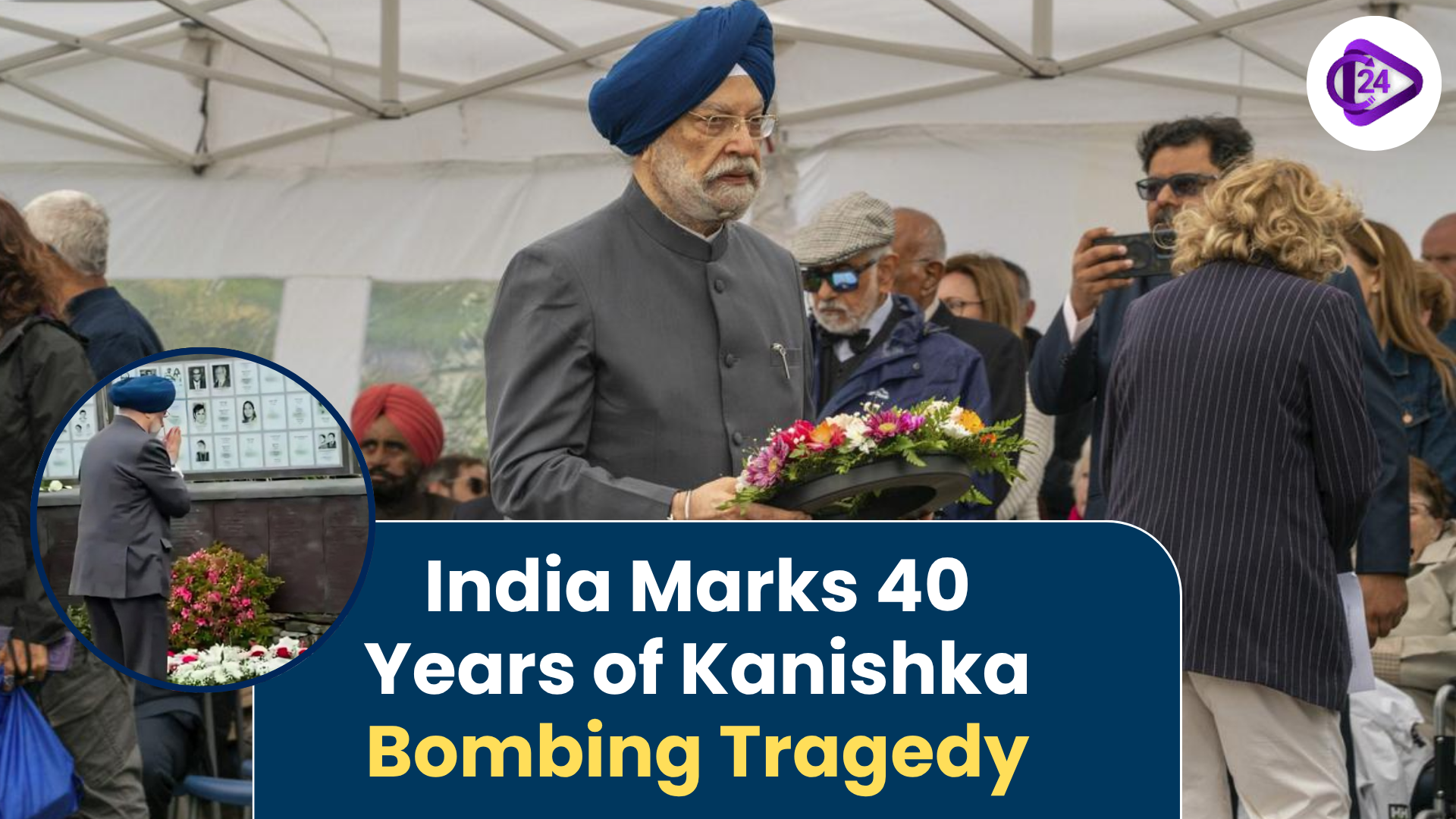 India Joins Ireland and Canada in Remembering Victims of Air India Kanishka Bombing on 40th Annivers
India Joins Ireland and Canada in Remembering Victims of Air India Kanishka Bombing on 40th Annivers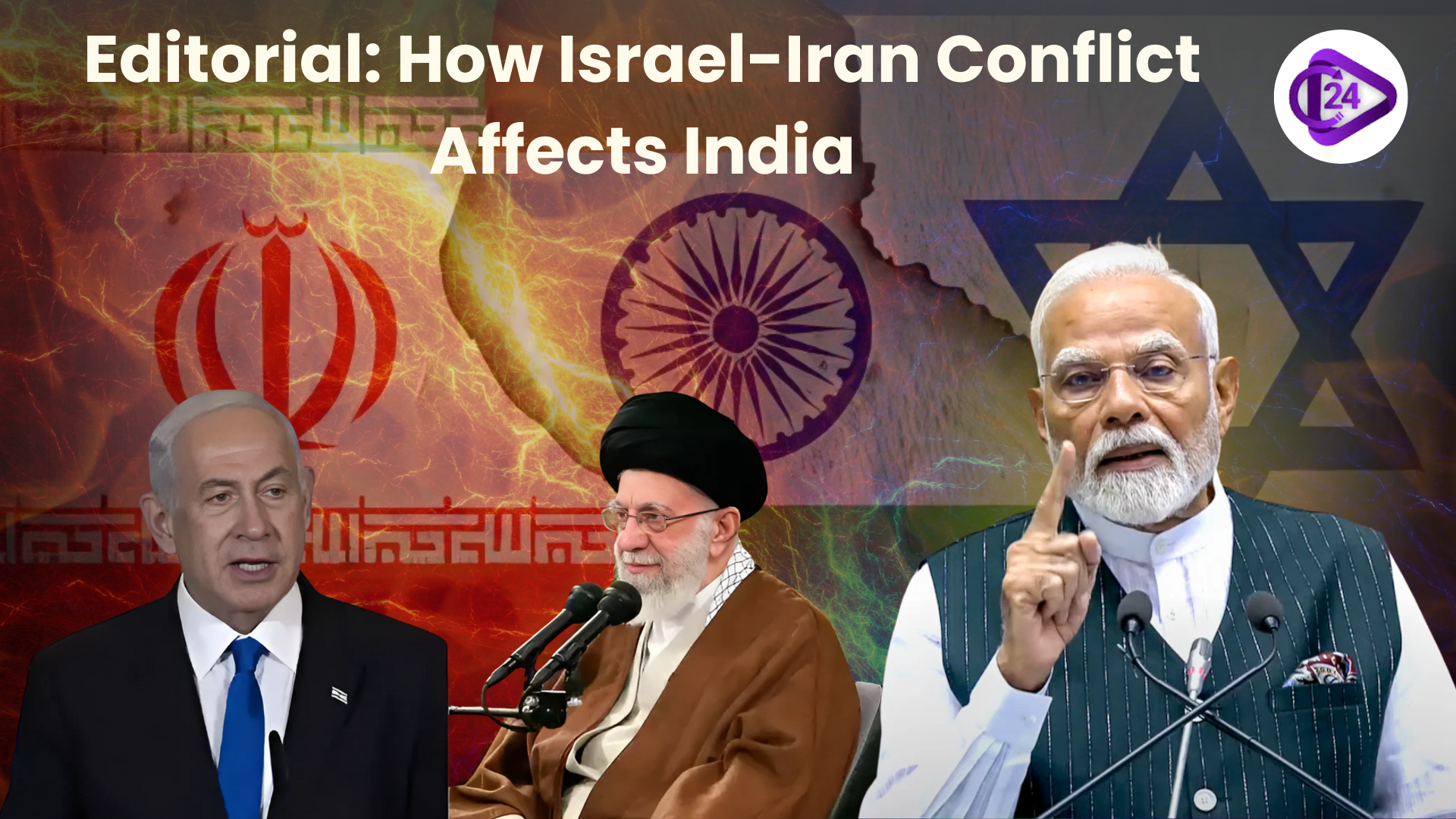 The Effects of Israel-Iran conflict on India: economics, geopolitics and strategy
The Effects of Israel-Iran conflict on India: economics, geopolitics and strategy India Trails in Critical Technology Sectors: Semiconductors, AI, Biotechnology, Space, and Quantum
India Trails in Critical Technology Sectors: Semiconductors, AI, Biotechnology, Space, and Quantum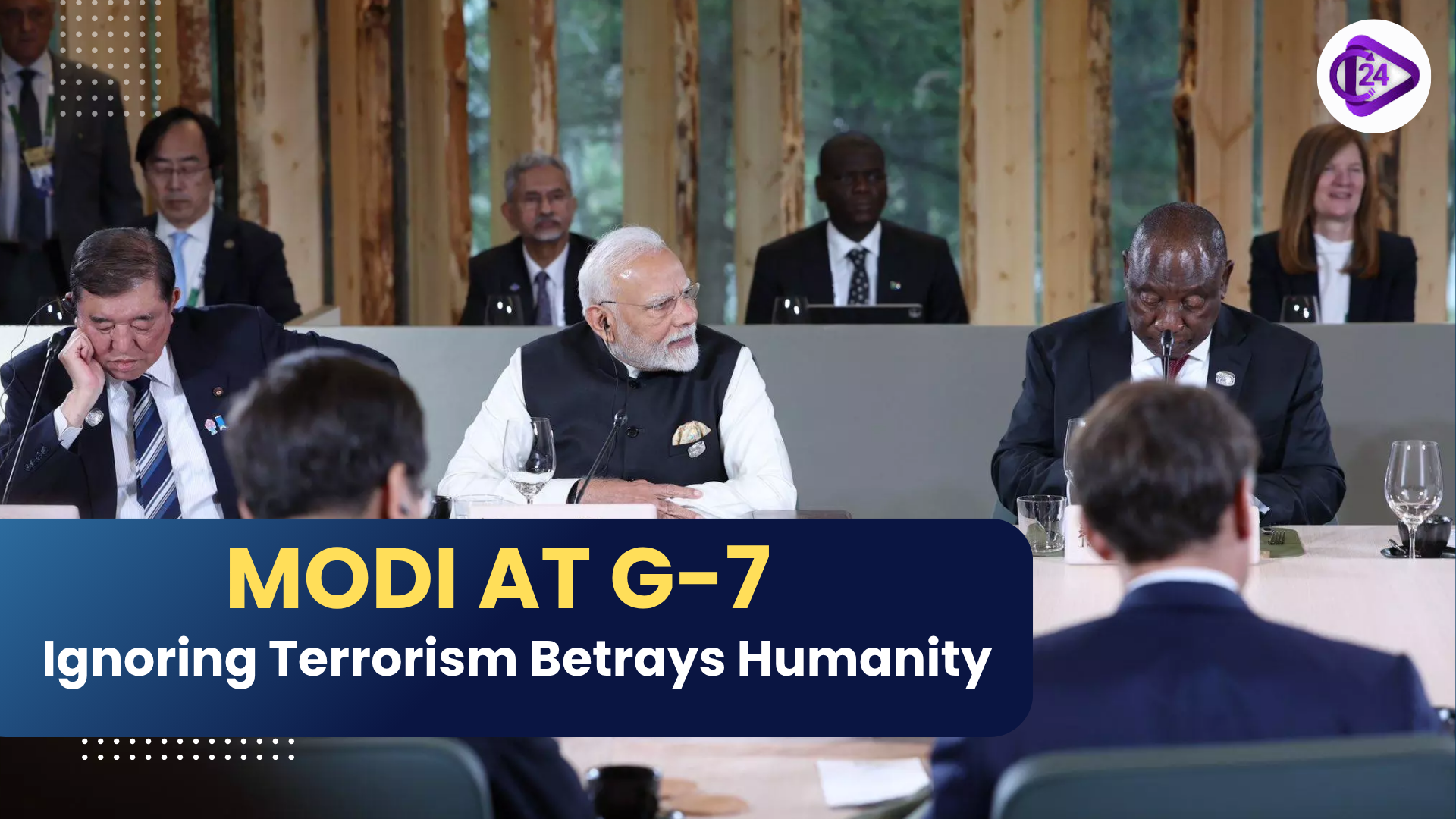 PM Modi at G-7 Summit: Turning a Blind Eye to Terrorism is a Betrayal of Humanity
PM Modi at G-7 Summit: Turning a Blind Eye to Terrorism is a Betrayal of Humanity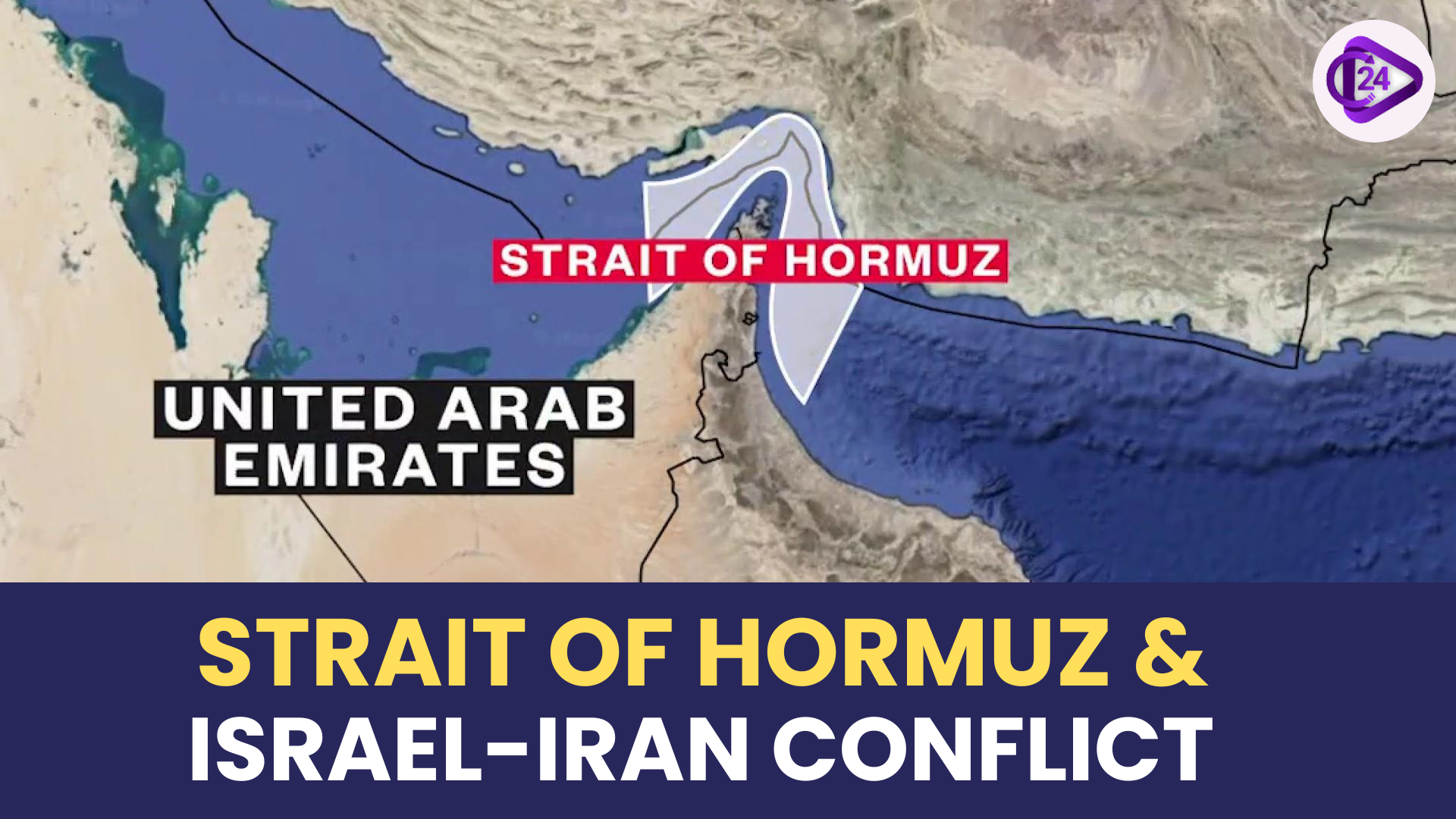 Why is the Strait of Hormuz Critical for India’s Oil and Gas Imports?
Why is the Strait of Hormuz Critical for India’s Oil and Gas Imports?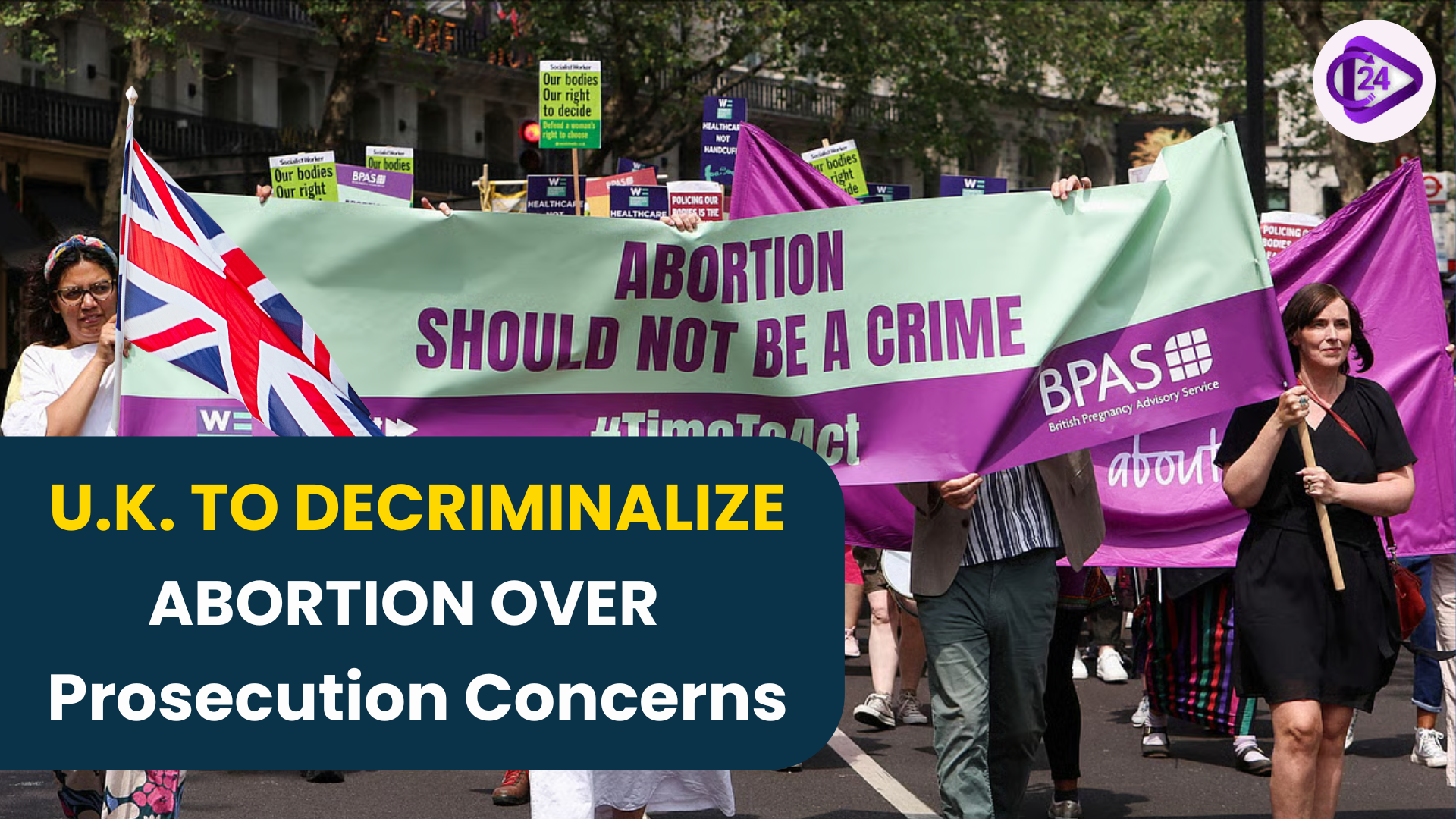 U.K. to Decriminalize Abortion Over Prosecution Concerns
U.K. to Decriminalize Abortion Over Prosecution Concerns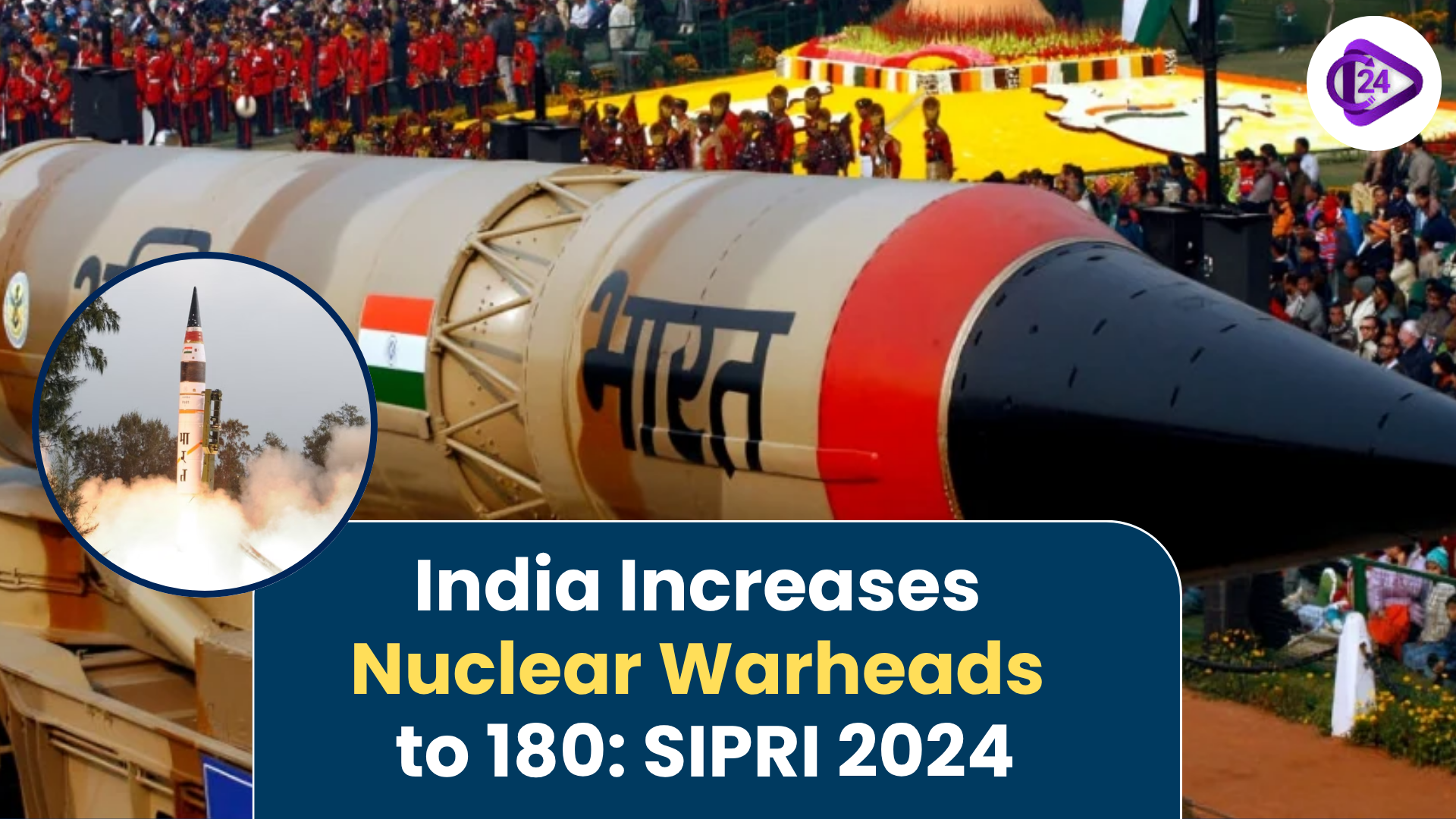 India had boosted the number of nuclear warheads to 180 in 2024: SIPRI Report
India had boosted the number of nuclear warheads to 180 in 2024: SIPRI Report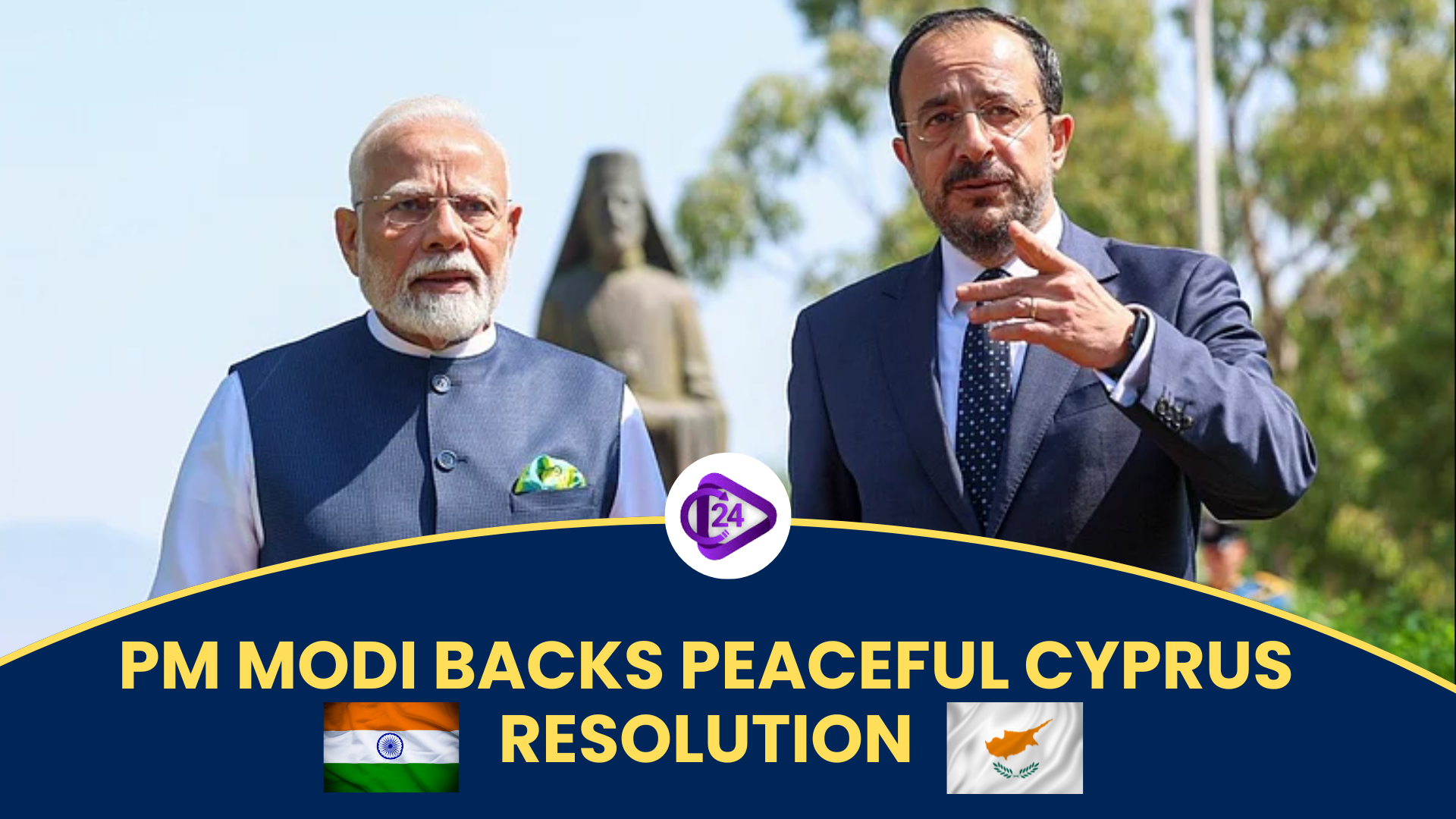 India Supports 'Peaceful Resolution' of Cyprus Issue: PM Modi's visit to Cyprus
India Supports 'Peaceful Resolution' of Cyprus Issue: PM Modi's visit to Cyprus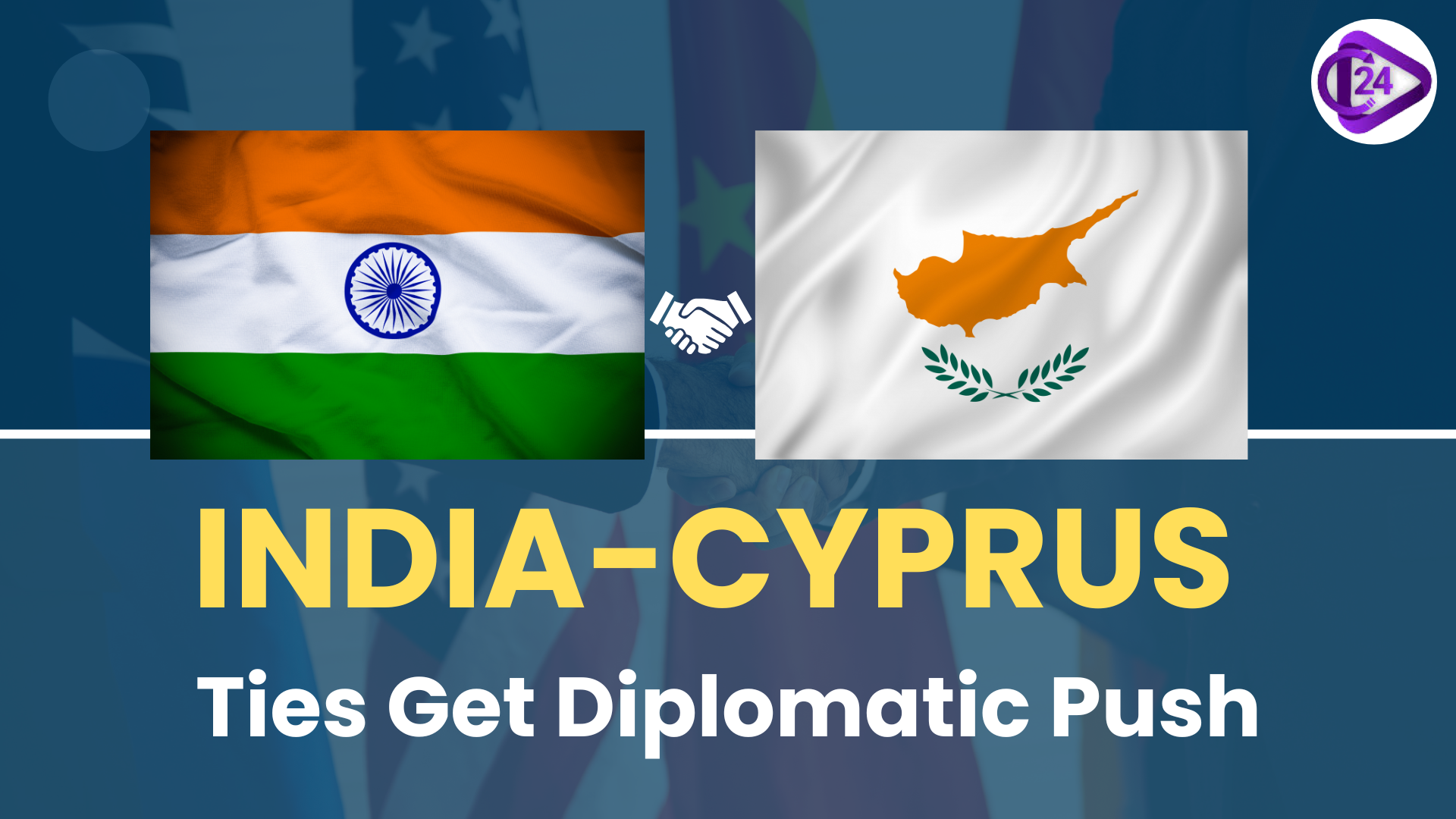 India Seeks to Strengthen Ties with Cyprus, Says PM Modi
India Seeks to Strengthen Ties with Cyprus, Says PM Modi






